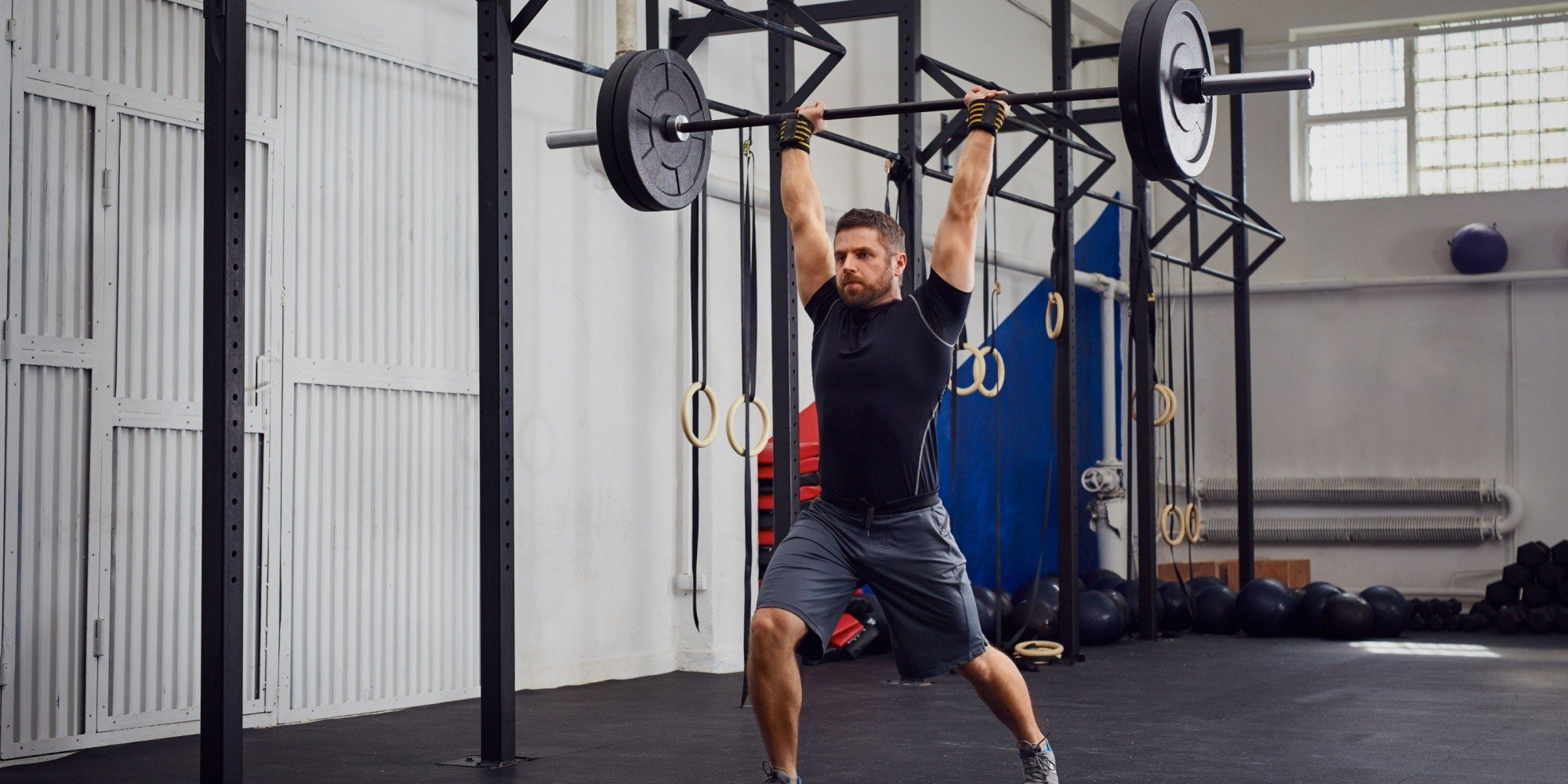Are Powerlifting Exercises Good for Anyone?
Nov 11, 2024 mindpumpWhen people think of powerlifting, they often picture astronomical weights pressing down on the hairy back of 300lb Russian. While the sport of powerlifting certainly features plenty of that, the exercises themselves have a purpose beyond competition. The squat, bench press, and deadlift don’t have to be associated with loud grunts and bulging forehead veins. They are safe, functional, and natural movement patterns everyone should incorporate into their routine in some variation.
Versatility and Benefits
Powerlifting is not just about lifting heavy weights; it offers a wide array of benefits, such as:
- Building Maximal Strength: The squat, bench press, and deadlift are compound movements that work multiple muscle groups simultaneously. These lifts build a strong foundation for overall body strength.
- Improving Metabolism: Since powerlifting engages large muscle groups, it can help boost metabolism and contribute to fat loss when integrated into a well-rounded training program.
- Enhancing Fitness: The functional nature of these movements translates to improved overall fitness and performance in other physical activities. Whether you’re an athlete or just looking to stay fit, powerlifting can help improve posture, balance, and coordination.
Accessibility
One of the strengths of powerlifting is its relative accessibility compared to other forms of weightlifting, like Olympic lifting. While Olympic lifts are highly technical and require a great deal of skill and mobility, powerlifting focuses on more straightforward movements. The squat, bench press, and deadlift, while still requiring proper form, are easier to learn as people have been unconsciously exposed to these movement patterns throughout their daily life.
For Aesthetics and General Fitness
Powerlifting isn’t just for those chasing strength numbers — it’s also beneficial for people looking to improve their physique. The focus on compound movements means that these lifts can stimulate significant muscle growth.
Many people who have spent years focusing on bodybuilding or isolation movements find that incorporating powerlifting principles leads to better results. Lifting heavier weights with compound exercises can create new stimulus for muscle development and enhance overall body composition, providing a well-rounded approach to training.
Concerns for Beginners
While powerlifting can be an excellent tool for anyone, beginners should approach it cautiously. The technical aspect of squats, bench presses, and deadlifts requires solid form, and improper technique can lead to injury.
- Form First: Beginners may struggle with proper execution, especially if they have existing mobility issues or muscular imbalances. Learning the correct technique is critical, and working with a coach or knowledgeable trainer can help prevent common mistakes.
- Progression and Assessment: It’s essential to start with lighter weights and gradually progress. Jumping into heavy lifting without adequate preparation can increase the risk of injury. Individualized programming based on a person’s mobility, strength, and goals can ensure safer and more effective workouts.
Tailoring Powerlifting to Your Needs
Not everyone is looking to compete or push their limits to the max, and that’s perfectly okay. Powerlifting can be tailored to fit various goals, whether you want to lift for strength, aesthetics, or general health. For instance, if your primary aim is to build muscle, you might focus on higher volume with moderate weights instead of just maxing out. On the other hand, if you’re an athlete, integrating powerlifting into your training can enhance your explosiveness and overall performance.
Common Misconceptions About Powerlifting
You might be thinking powerlifting is only for those who want to be bodybuilders or compete at a high level. That couldn’t be further from the truth. Many people mistakenly believe that powerlifting is only about brute strength and big muscles. While those elements are definitely part of it, the beauty of powerlifting lies in its ability to fit seamlessly into anyone’s fitness journey.
For instance, powerlifting can complement other forms of training. If you love sports, incorporating squats and deadlifts can strengthen your legs, helping you perform better. If you’re into yoga, the stability and strength gained from these lifts can enhance your balance and overall practice. And if you just want to move better and pain free throughout your life, these lifts will definitely help that too.
Wrap Up
Powerlifting exercises can be a powerful tool for improving strength, muscle growth, and overall fitness. While they’re versatile and accessible for many, especially compared to more technical forms of lifting, beginners should focus on proper technique and gradual progression. With the right guidance, powerlifting can be safely adapted to meet the needs of nearly anyone, regardless of fitness level or experience.
Whether you’re looking to improve aesthetics, build strength, or simply get fitter, powerlifting offers a solid foundation for reaching your goals — just be sure to tailor it to your capabilities and work on perfecting your form.







